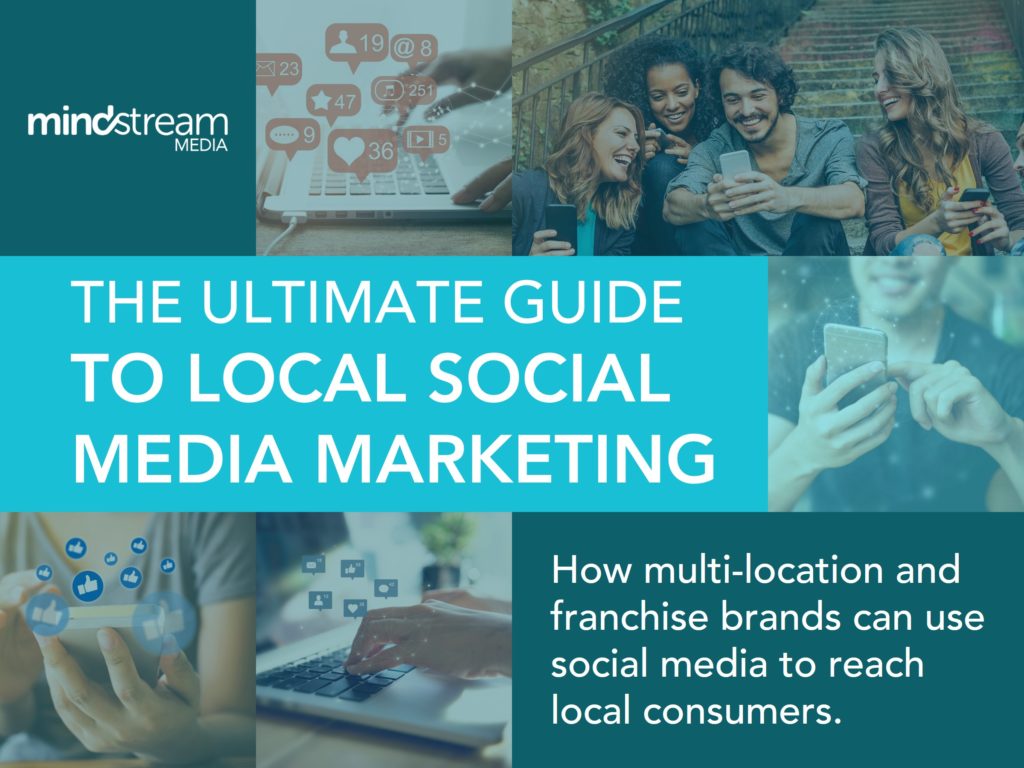Digital marketing is a fast-paced, dynamic landscape that continues to evolve as technology creates new digital trends. In this evolving landscape, the big question is always “what will be the next big thing in digital marketing?”
A trend experiencing major growth currently is livestream video. It’s expanding to almost all business sectors with a presence on social media. And in 2019, livestreaming is likely to become more commonplace in many businesses’ social media marketing campaigns. In fact, video streaming accounted for 75 percent of all internet traffic in 2017 and is expected to jump to 82 percent by 2020.
Livestreaming started as a niche platform but has quickly been adopted by the likes of Facebook, YouTube, Instagram and Snapchat. It allows brands to broadcast in real-time and share authentic, behind-the-scenes style content with new and current audiences. Live streaming not only is a unique experience that marketers can provide, but it’s also the experience that today’s social media users prefer. New York Magazine reported that 82 percent of consumers prefer live video from a brand over standard social posts.
With the chance to connect with the billions of users on Facebook and Instagram, live video is an opportunity you don’t want to miss out on. From up-and-coming brands, like Glossier, to institutions as famed as The White House, many are recognizing the impact that live video can have. If you haven’t yet incorporated live video into your digital marketing strategy, here’s three reasons why it’s time to start.
No. 1: Authentic User Connection
 Unlike straightforward YouTube ads or perfectly edited Instagram posts, live videos are reactionary, unedited and broadcast in real time. This provides a human element to the operation that no other form of digital marketing can really nail and allows your brand to make a genuine connection with your audience. Today’s social media users are exposed to mass amounts of thought-out and curated content, so they can quickly pick out social media posts that seem overly promotional or inauthentic. Live video brings a breath of fresh air into your marketing mix that your audience is sure to appreciate.
Unlike straightforward YouTube ads or perfectly edited Instagram posts, live videos are reactionary, unedited and broadcast in real time. This provides a human element to the operation that no other form of digital marketing can really nail and allows your brand to make a genuine connection with your audience. Today’s social media users are exposed to mass amounts of thought-out and curated content, so they can quickly pick out social media posts that seem overly promotional or inauthentic. Live video brings a breath of fresh air into your marketing mix that your audience is sure to appreciate.
In turn, your brand will be rewarded with better engagement rates and improved customer loyalty. Consumers are more willing to support brands that they’ve made a connection with, both on and offline. According to Facebook:
- 78 percent of their users are already watching livestream videos
- Facebook users watch livestream videos for 3x as long as videos that aren’t live anymore
- Livestream videos earn 10x as many comments
Research has shown that 86 percent of people say authenticity is important when deciding what brands they like and support. In particular, an overwhelming 90 percent of Millennials say brand authenticity is important, proving that younger consumers prefer “real and organic” over “perfect and packaged.” Live video is an ideal way to demonstrate your brand’s authenticity and create trusted content that your audience will respond to.
No. 2: Improve content variety

The casual nature of livestreams allows brands to capture or record moments that traditionally are out of scope in curated social media content. Brands can livestream events, host Q&As or just to go live spontaneously from the office for a more personal session with whoever tunes in. In many cases, live content is “spur of the moment,” so it requires little prep time or proper planning. Live videos can be fueled by audience interactions, ensuring your content is specifically tailored to your target audience and material that they prefer.
Women’s fashion line Carolina Herrera was one of fashion’s first innovators to utilize livestream to broadcast events, like their show in New York Fashion Week. As one of the first in the industry to do so, livestream content helped the brand gain 60,000 new social followers and 51.2 million impressions.
“If you don’t livestream your show,” says Carolina Herrera’s digital manager, “you’re missing out on a huge opportunity that your competitors are going to pick up on.”
No. 3: Increase brand awareness

A key component of live videos is to give them a personality and flair that you want your audience to associate with your business; it’s a key component of your brand identity. Be sure to incorporate interesting facts about your business and let your audience know what about your brand separates you from your competitors.
Live content is also a great opportunity to work with influencers. Because livestreams can be more casual and off-the-cuff, many brands allow influencers to participate in an “Instagram Takeover,” where the influencer takes control of the brand’s account for a few hours. Influencers can promote the collaboration to their following, which exposes the brand to an entirely new audience.
Instagram also automatically sends a notification to your followers when you hop onto a livestream. Additionally, profiles that are currently streaming live video automatically become the first listed icons in the Instagram Stories bar. This ensures that your profile is top of mind for your audience and motivates them to tune in and watch your live video.
In 2019, you can expect livestream video to gain far wider acceptance. With the right strategy and a little creativity, your live content will lead to stronger brand loyalty, a more significant following and greater opportunities for growth. If you can nail livestream now, you’ll be closer to your customers and way ahead of next year’s digital marketing curve.



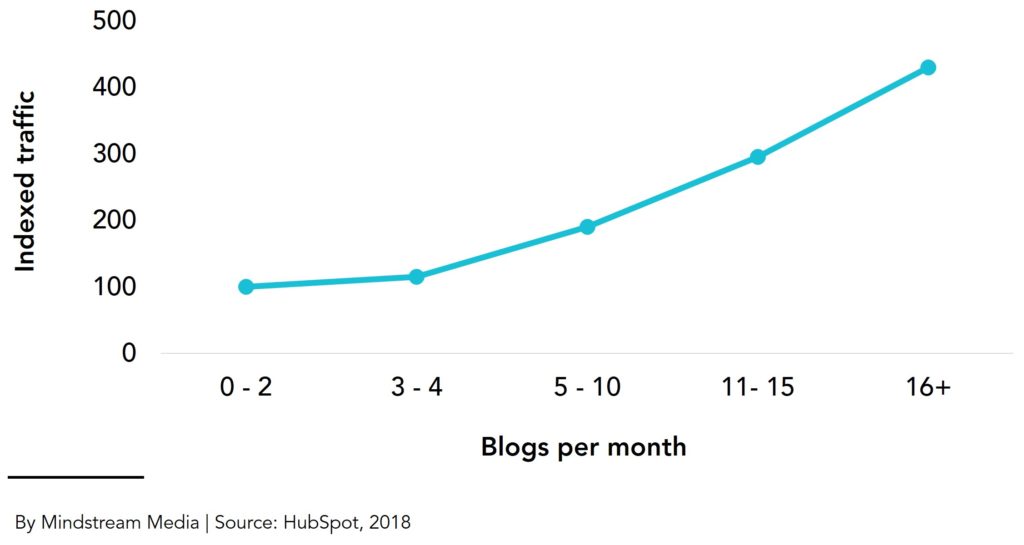
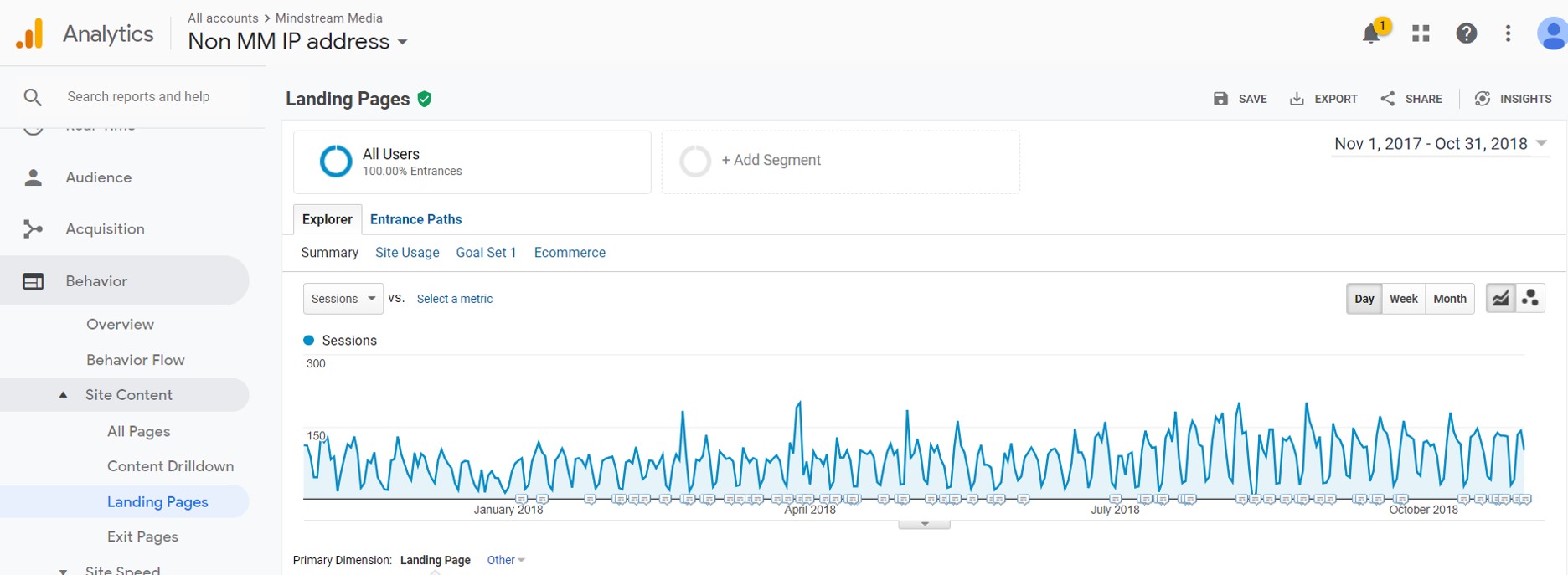


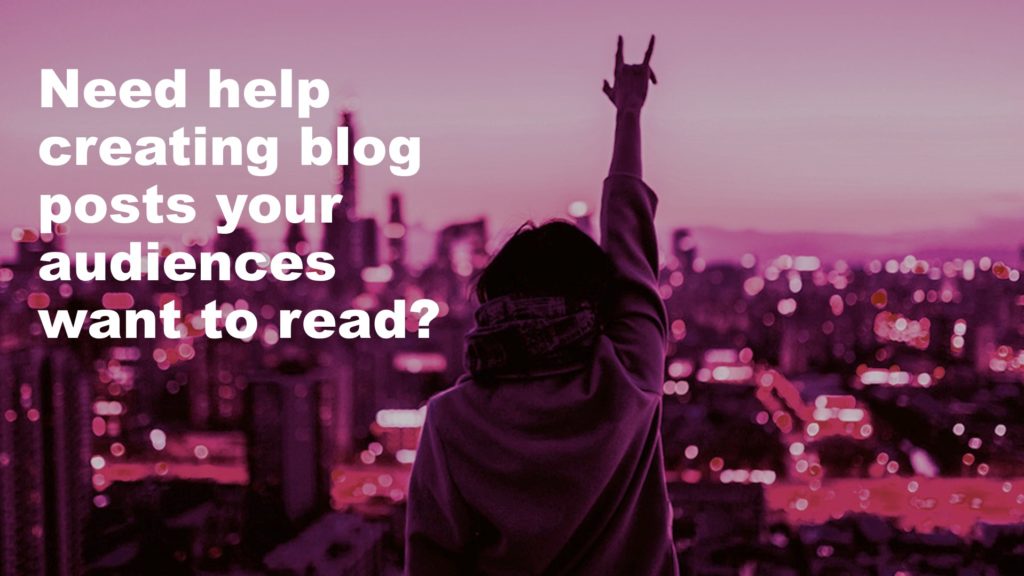
![[NOVEMBER 2018] Google My Business Adds New Features](https://mindstreammediagroup.com/wp-content/uploads/2017/06/Google.jpg)







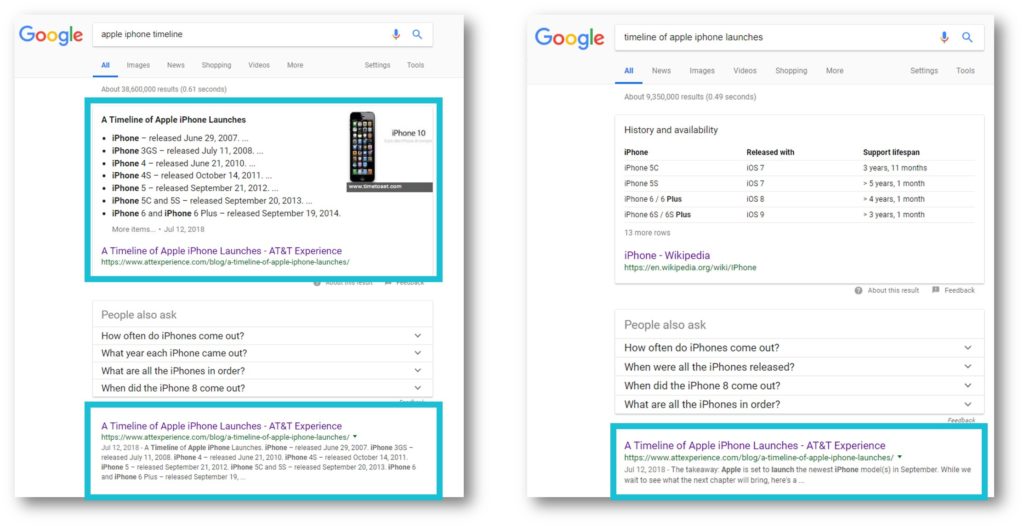




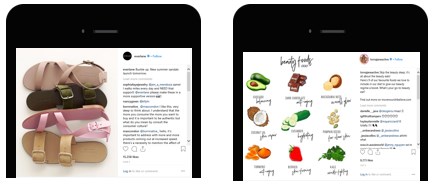
 Cover image: 820 x 312 (minimum 400 x 150)
Cover image: 820 x 312 (minimum 400 x 150)
 Profile image: 110 x 110
Profile image: 110 x 110

 Profile image: 400 x 400 (minimum 200 x 200) | maximum 10 MB
Profile image: 400 x 400 (minimum 200 x 200) | maximum 10 MB![[e-book]: The Ultimate Guide to Local Social Media Marketing](https://mindstreammediagroup.com/wp-content/uploads/2018/11/The-Ultimate-Guide-to-Local-Social-Media-Marketing-header-image.jpg)
